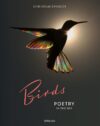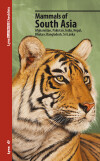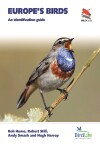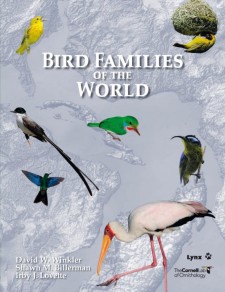 Bird Families of the World: An Invitation to the Spectacular Diversity of Birds
Bird Families of the World: An Invitation to the Spectacular Diversity of Birds
by David W. Winkler, Shawn M. Billerman, and Irby J. Lovette
From Lynx Edicions and Cornell Lab of Ornithology:
Here in one volume is a synopsis of the diversity of all birds. Published between the two volumes of the HBW and BirdLife International Illustrated Checklist of the Birds of the World, Bird Families of the World distills the voluminous detail of the 17-volume Handbook of Birds of the World into a single book. Based on the latest systematic research and summarizing what is known about the life history and biology of each group, this volume will be the best single-volume entry to avian diversity available. Whether you are a birder with an interest in global bird diversity, or a professional ornithologist wishing to update and fill-in your comprehensive knowledge of avian diversity, this volume will be a valuable addition to your library.
An interest in birds is a life-enriching pursuit; the sheer diversity of birds means there are always stunning new species to see and novel facets of their lives to explore. Yet the grand diversity of birds is also a challenge, as it is easy to become disoriented amidst a group that contains more than 10,000 species that vary in nearly all of their most conspicuous attributes. Learning avian diversity requires a mental map to help us organize our experiences and observations. The scientific classification of birds provides exactly this framework, grouping together into Orders and Families birds that are most closely related to one another, and thereby linking species that share distinguishing traits. For those interested in learning about the tremendous diversity of birds world-wide, the best way to start is to learn the families, and Bird Families of the World is a guide and invitation to do so.
This book has been designed to serve both as a text for ornithology courses and as a resource for serious bird enthusiasts of all levels. Technical terminology is much reduced, and all scientific terms used are defined in a glossary. Introductory material describes the scope and concepts behind the classification used and gives suggestions about how best to use the book. The bulk of Bird Families of the World is a family-by-family account of the birds of the world. Each family is represented by at least a two-page spread, including a distributional map with the breeding, non-breeding and year-round ranges of each family, a short text “teaser” to invite the reader to learn more, standardized descriptions of the appearance, relationships and similar species to each family’s members, their life history and conservation status. Each account includes a review of recent ideas about the relationships of the family to other families and relationships within it. The work is liberally illustrated by photographs from bird enthusiasts around the globe as well as paintings of one species from each of the genera in each family. It will be a beautiful and serviceable guide.
This (large) book’s subtitle reveals its purpose: to introduce the reader to the amazing diversity found within birds. It treats the family as the basic unit of this diversity. The authors present a brief account of each family, focusing on relationships. While this book is lavishly illustrated and useful to anyone interested in birds, if you’re looking for a general purpose overview of birds you’d be better off with something like The World of Birds. But if you have any interest at all in taxonomy (basically, how birds are related to each other), then this is the book for you. I, for one, have found it full of fascinating revelations.
Bird Families of the World: An Invitation to the Spectacular Diversity of Birds
by David W. Winkler, Shawn M. Billerman, and Irby J. Lovette
Hardcover; 600 pages
Lynx Edicions and Cornell Lab of Ornithology; December, 2015
ISBN: 9788494189203
$99.95

Buy from Buteo Books
(based in the U.S.)
Buy from NHBS
(based in the U.K.)
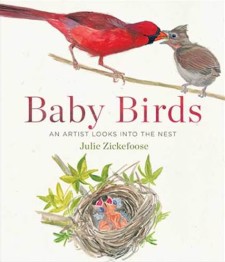 Baby Birds: An Artist Looks into the Nest
Baby Birds: An Artist Looks into the Nest


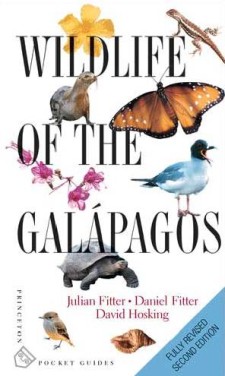 Wildlife of the Galápagos, Second Edition
Wildlife of the Galápagos, Second Edition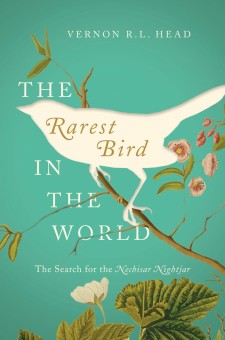 The Rarest Bird in the World: The Search for the Nechisar Nightjar
The Rarest Bird in the World: The Search for the Nechisar Nightjar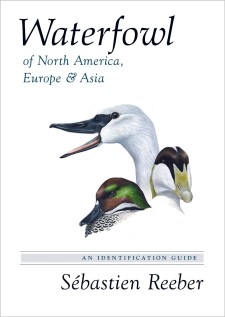 Waterfowl of North America, Europe, and Asia: An Identification Guide
Waterfowl of North America, Europe, and Asia: An Identification Guide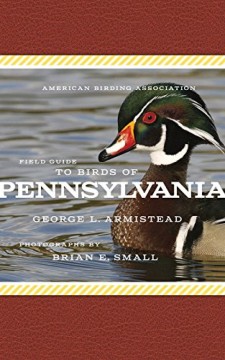 American Birding Association Field Guide to Birds of Pennsylvania
American Birding Association Field Guide to Birds of Pennsylvania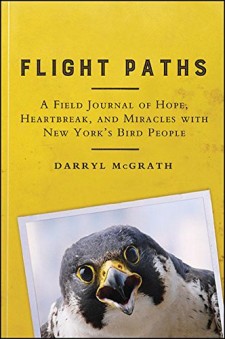 Flight Paths: A Field Journal of Hope, Heartbreak, and Miracles With New York’s Bird People
Flight Paths: A Field Journal of Hope, Heartbreak, and Miracles With New York’s Bird People Bird Families of the World: An Invitation to the Spectacular Diversity of Birds
Bird Families of the World: An Invitation to the Spectacular Diversity of Birds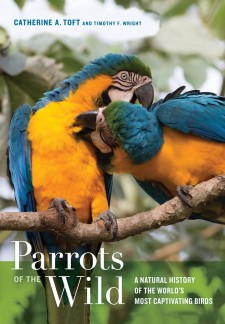 Parrots of the Wild: A Natural History of the World’s Most Captivating Birds
Parrots of the Wild: A Natural History of the World’s Most Captivating Birds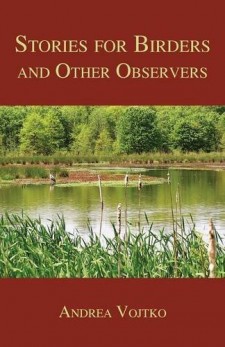 Stories for Birders and Other Observers
Stories for Birders and Other Observers



